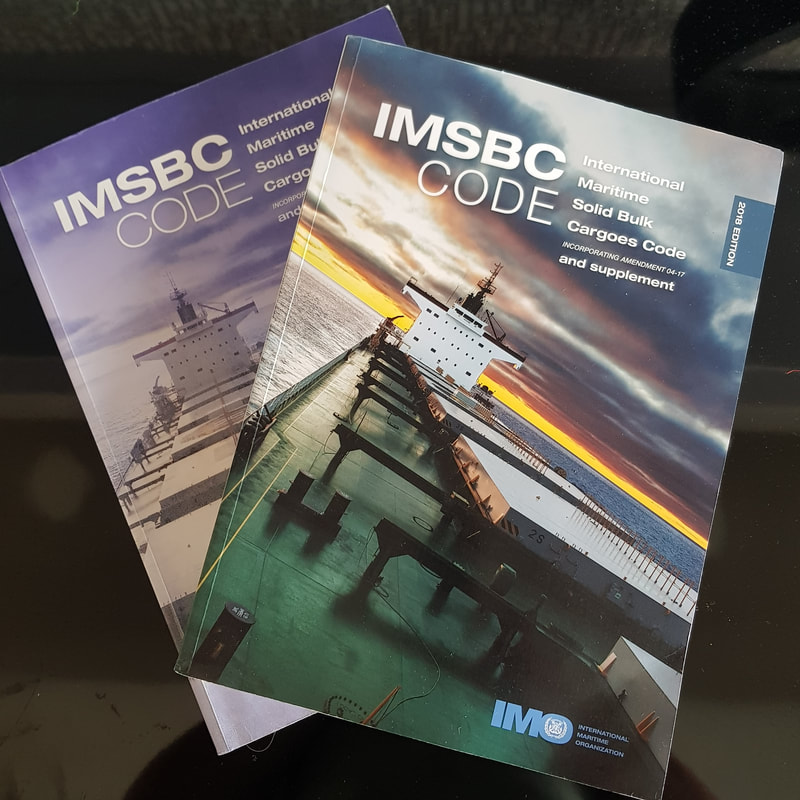Other notable changes to the IMSBC Code include:
Want more information?For further information on how we can assist your company with transport compliance requirements for solid bulk cargoes please contact Davoren Environmental [email protected]
0 Comments
Many materials produced or used in the mining and minerals processing industry are classified as hazardous according to the Globally Harmonized Classification System (GHS). The correct classification of these materials is therefore imperative to properly manage any potential health and environmental risks and ensure compliance with relevant legislative requirements[1], [2].
Davoren Environmental have significant experience working with the mining industry to conduct hazard assessments on a wide range of materials for classification against relevant transport codes[3]. Some of the materials assessed include:
Our aim is to make the hazard assessment and classification process as simple and tailored as possible by: 1. Consulting with the client to: a. Fully understand the material’s physical/chemical characteristics to identify the relevant hazards that apply, and consequently the applicable tests that need to be conducted; and b. Confirming how this material will be transported to identify relevant legislation to be addressed. 2. Coordinate and manage this testing directly with laboratory; 3. Compile a comprehensive classification report based on results of 1 and 2 above which will clearly detail the hazard assessment and classification of the material against applicable transport regulations. Want More Information? For further information on how we can assist your company with transport compliance requirements please contact Davoren Environmental [email protected] [1] ICMM, 2014. Hazard Assessment of Ores and Concentrates for Marine Transport. [2] Australian Government, 2016. Hazardous Material Management: Leading Practice Sustainable Development Program for the Mining Industry. [3] Australian Code for the Transport of Dangerous Goods by Road and Rail (ADG) in Australia; International Maritime Dangerous Goods (IMDG) Code for maritime transport of packaged dangerous goods, including substances, mixtures and articles; and the International Maritime Solid Bulk Cargoes (IMSBC) Code and International Convention for the Prevention of Pollution from Ships (MARPOL Annex V) for shipment of solid bulk cargoes. |
Archives
January 2020
Categories
All
|
Services |
Company |
© COPYRIGHT 2016. ALL RIGHTS RESERVED.
|


 RSS Feed
RSS Feed